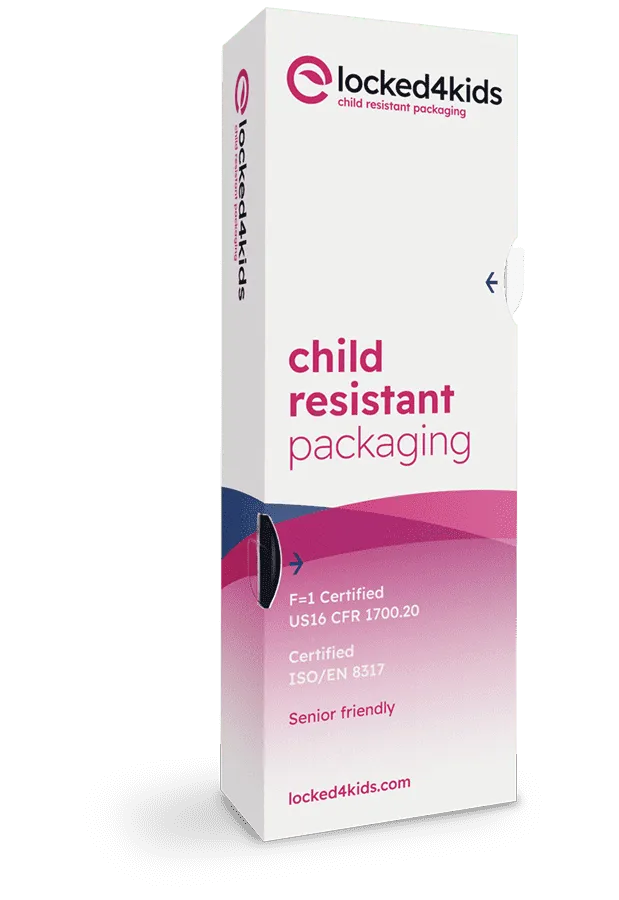Molded pulp packaging is gaining attention in retail as a practical and eco-friendly packaging option. Made from recycled paper and cardboard, it offers a balance between sustainability and functionality. Molded pulp packaging is versatile, protective, and can be customized to fit various products, making it a viable solution for a wide range of industries. Let’s take a closer look at molded pulp packaging design and how it can work for businesses.
What is molded pulp packaging?
Molded pulp packaging is created through a process known as thermoforming. Recycled paper or cardboard is mixed with water to form a slurry, which is then molded into specific shapes using heat and pressure. Once dried, the packaging is sturdy, lightweight, and biodegradable. This method is often used for protective packaging, such as trays, inserts, clamshells, or end caps, that shield fragile items like electronics or glassware during transit.
Why use molded pulp packaging?
Molded pulp packaging stands out for a few key reasons:
- Sustainability: because it’s made from recycled materials, it helps reduce waste and the use of virgin resources. It’s also biodegradable and compostable, making it an environmentally friendly option for businesses looking to minimize their ecological impact.
- Protectiveness: molded pulp is durable and provides good cushioning for products, making it effective for packaging fragile goods.
- Customizability: the packaging can be designed to fit specific products, creating a snug and secure fit that reduces the need for additional packaging materials.
- Cost-effective: for companies that value sustainability, molded pulp can be a cost-efficient alternative, especially for large-scale production runs.
Key tips for molded pulp packaging design
Designing molded pulp packaging involves more than just picking the right shape. Here are a few practical tips to keep in mind when considering this type of packaging:
1. Fit the packaging to the product’s needs
The design of molded pulp packaging should always take the product into account. If you’re packaging something fragile, consider adding extra padding or thicker walls in areas that need more protection. If the product is sensitive to moisture or temperature changes, you may need to adjust the packaging design accordingly. A well-fitted design helps ensure that the product stays safe and secure throughout the supply chain.
2.Balance between functionality and aesthetics
While molded pulp packaging primarily serves to protect products, it can also be aesthetically pleasing. The surface texture can vary from smooth to rough, and the packaging can be shaped in creative ways to improve its visual appeal. However, it’s important to maintain a balance between design and functionality. Ensure that the packaging is easy to handle, stack, and store while also offering a good presentation.
3. Maximize recyclability
Since molded pulp packaging is already made from recycled materials, it’s important to design it with recyclability in mind. Avoid unnecessary coatings, adhesives, or other non-recyclable elements that could make the packaging harder to recycle. This makes it easier for consumers to dispose of the packaging in an eco-friendly way.
4. Test for durability
Before finalizing your design, it’s essential to test how the packaging performs under real-world conditions. Molded pulp can provide excellent protection, but different products require different levels of durability. Testing for drop resistance, moisture exposure, and pressure tolerance can help you ensure the packaging is strong enough to protect the product throughout its lifecycle.
5.Consider the end-user experience
The end-user’s experience with the packaging matters, too. Molded pulp packaging should be easy to open and dispose of, and it can even be designed to include helpful features like handles or compartments. Ensuring a simple and straightforward user experience can lead to more satisfied customers.
Flexability of molded pulp packaging design
Molded pulp packaging offers a practical, sustainable option for businesses that need to protect their products while reducing their environmental impact. Its versatility and customizability make it a flexible choice for various industries, and with careful design, it can effectively balance both function and form. For companies looking for an eco-friendly packaging solution, molded pulp is worth considering!
Request a free sample now!





.jpeg)





